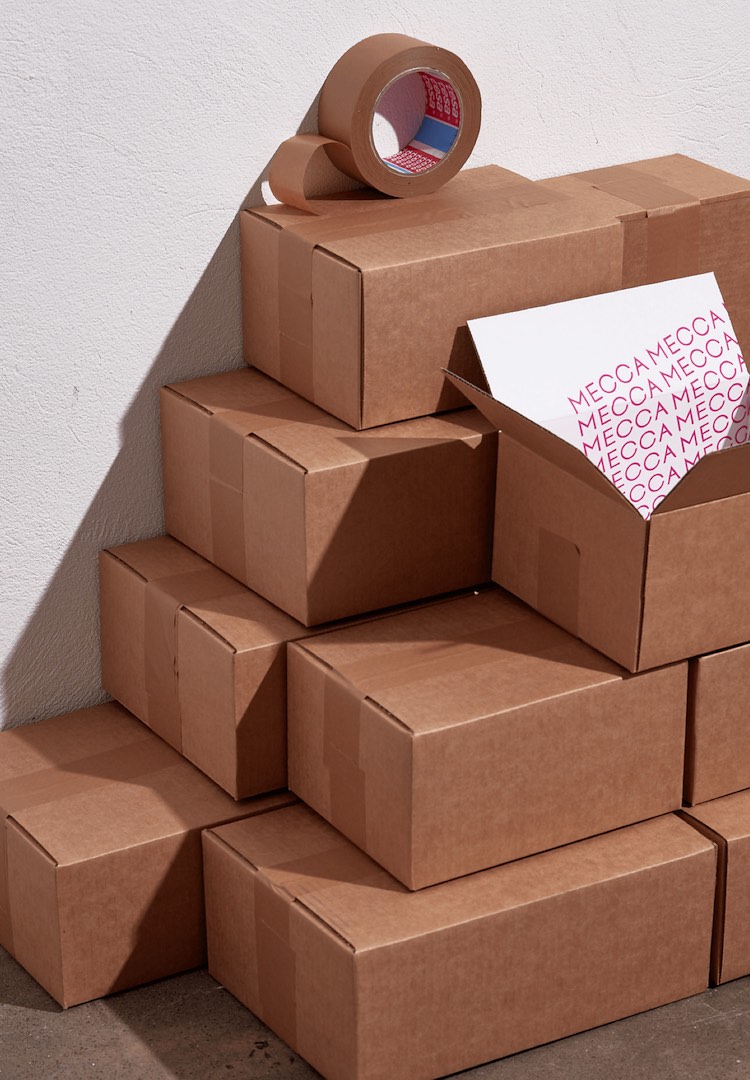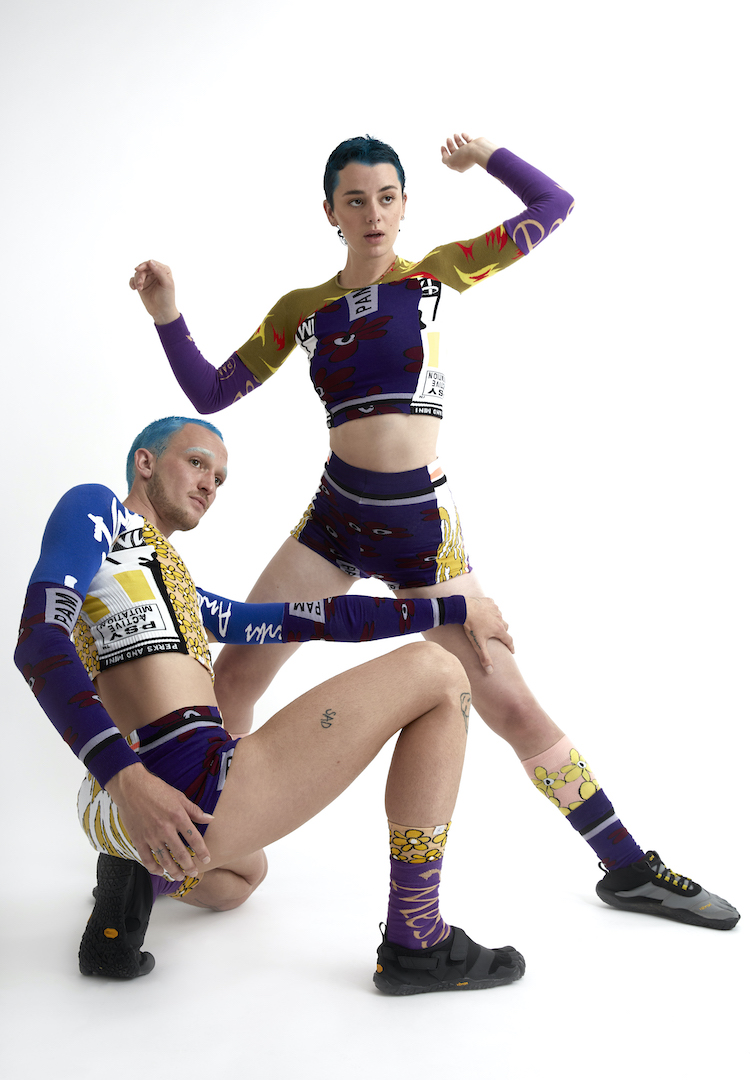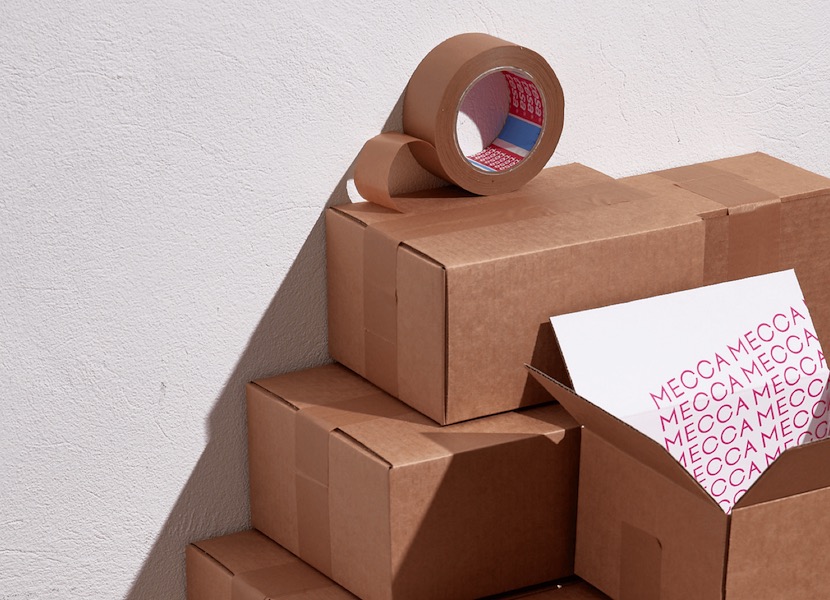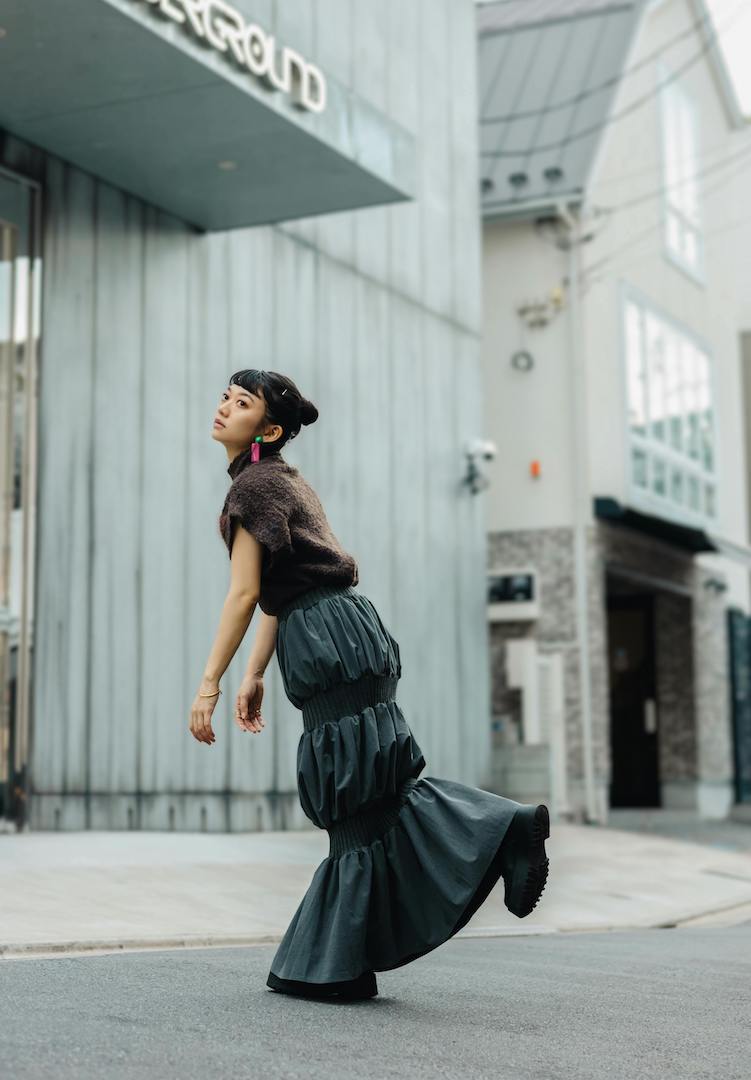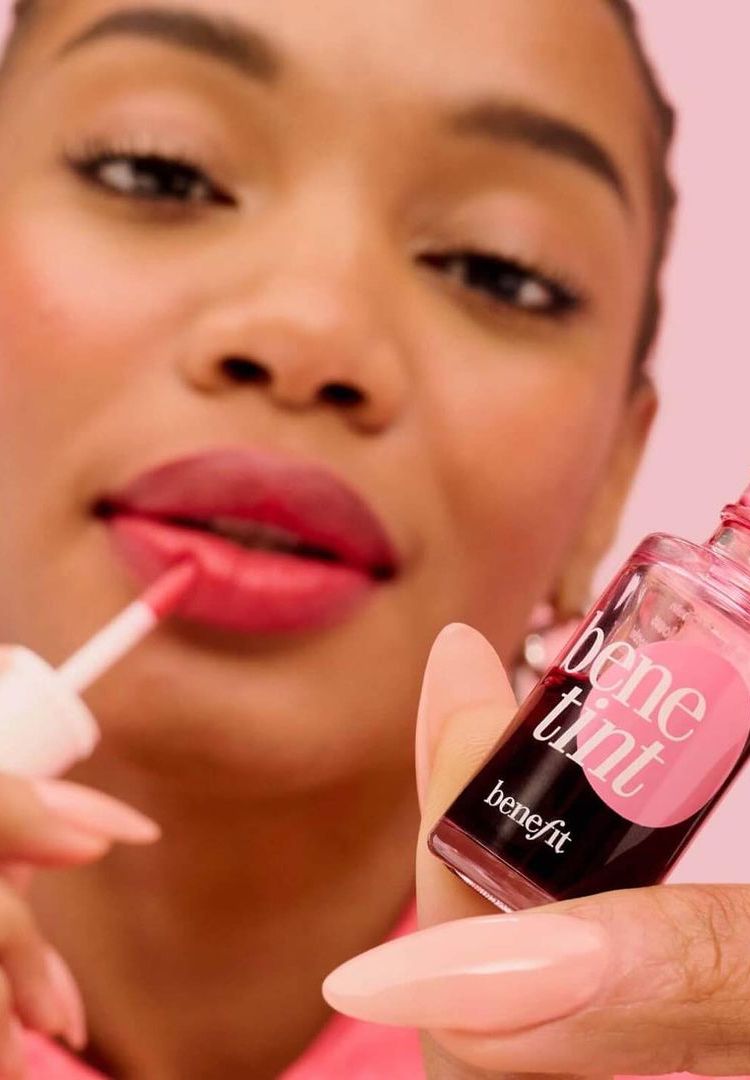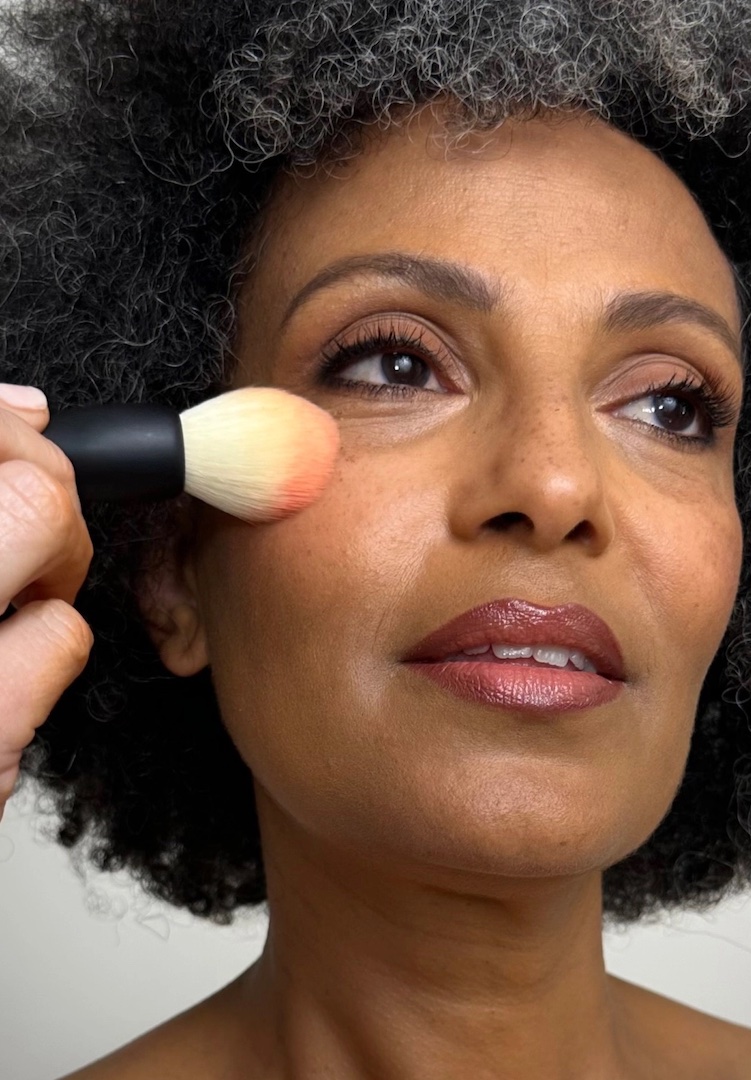Why is beauty better with zero-waste initiatives than fashion?
IMAGE VIA MECCA
By Bianca O’Neill
Compared to the beauty industry, fashion seems like it has a long way to go before it closes the loop on waste.
The fashion industry talks a LOT about sustainability. They talk about using recycled yarns to create new products. They talk about biodegradable packaging and water reductions and renewable energy in their manufacturing processes.
There are so many conversations about it these days, that it’s hard to keep track of which brands are genuinely trying to make a difference, and which ones are jumping on the green-tinted bandwagon for positive press. Sure, discussion is great – but when it’s based on marketing initiatives and PR pushes, it rarely presents the whole picture.
Stay up to date with the sustainability conversation over in our Fashion vertical.
As a chemical engineering graduate (in my previous life), specialising in environment and energy, we were taught a lot about the ‘cradle to grave’ impact of processing all different kinds of products. And it has made me realise that the fashion industry focuses a lot on the ‘cradle’, and not so much on the ‘grave’.
The discussion about sustainability in fashion needs to shift. We’re changing a lot of the concerning, unsustainable processes BEFORE our clothing gets to market, but what about afterwards? We need to close this loop, and we can’t do that simply by ‘being more conscious’ about buying our clothing.
Last month, we saw news about David Jones’ uptake of the TerraCycle program for beauty waste – installing collection boxes in-store for your previously ‘unrecyclable’ beauty plastics and leftover palettes, bottles and containers. It’s an excellent initiative that places the reduction of post-use waste in a prominent position in-store, ensuring consumers have access to an easy way to reduce the impact of beauty waste on our environment.
This isn’t a new initiative for the beauty industry either – there are plenty of local examples. L’Occitane Australia is also enrolled in its own TerraCycle program, which has collected over 450,000 pieces of waste, the equivalent of over 15 tonnes since the program began.
And this isn’t a recent thing – L’Occitane has been encouraging recycling of its glass bottles for refills since 1976, introducing its more modern eco-refill system in 2008. Mecca also uses the TerraCycle program, allowing customers to drop their old products in labelled bins, or over the counter.
Meanwhile, Sustainable Salons is helping Aussie hair salons easily achieve zero waste without a huge investment of their own time and money, by providing an easy pickup service, and doing all the recycling itself.
Even huge fast beauty brands are doing their bit – for example, Garnier has launched reusable makeup cleaning pads to accompany its micellar water, in a nod to Face Halo, a groundbreaking reusable makeup remover that has also been around for ages.
I can’t think of that many major fashion brands offering prominent textile recycling bins in store, mending services, or even packaging return. I mean, even Woolies has soft plastics recycling bins.
Compared to beauty, fashion has a long way to go to achieve a closed-loop by creating similar consumer-accessible, easy recycling initiatives for post-wear clothing. Most of the current conversation around textiles recycling is consumer-led, placing the onus back on purchasers by encouraging reselling, donating, and re-making.
Ironically, while brands talk a big game about sustainability, these same conversations shift the blame back onto the consumer, chastising them for not purchasing ‘more mindfully’. Instead, they need to be speaking more end-to-end, owning responsibility for post-purchase waste.
How are fashion brands offering their consumers the ability to make their clothes last longer through mending programs, engaging the community in swap meets for items that don’t fit any longer or just aren’t right, or providing easy return and recycle programs for reuse?
There are some Australian fashion recycling programs popping up here and there. When I briefly spoke to a few local labels about their post-purchase initiatives the results were mixed. Byron-based cult favourite brand Spell told me its biggest initiative was a Buy/Sell/Swap Facebook page that allows customers to keep pieces in circulation, although its in-person swap meets are currently cancelled due to COVID.
Interestingly, Victorian Surf Coast-based brand Ena Pelly, who prides itself on using recycled plastic to create its faux fur, told me that it has no post-purchase recycling initiatives or mending services, though it is “working on re-tanning leather and repairs, but nothing is finalised at this stage”.
Country Road has partnered with Red Cross to encourage people to donate its old clothing, and Patagonia has a Worn Wear program, offering repairs for the life of the product. During Melbourne Fashion Festival this year local label Arnsdorf offered a swap meet via SwapChain, so that people could swap pieces they no longer wore.
But these programs often feel like one-offs, or they seem few and far between, and they rarely cross over to the biggest fast fashion brands, the brands that perhaps have the most to answer for in terms of closing the loop on the devastating impact of clothing waste.
It becomes even more difficult when you consider that many fast fashion brands are online-only, removing the opportunity to provide easy, prominent, in-person locations for recycling and mending.
The waste numbers in Australia are staggering. A recent report showed that “Australians send an average 23kgs of textiles to landfill per person, each year, according to figures from the Australian Bureau of Statistics (ABS). More than 500,000 tonnes (or 88 per cent) of leather and textiles were sent to landfill in 2009 to 10 as these waste types are considered to be too costly or difficult to recover.”
It’s not enough to chide your consumers about ‘purchasing mindfully’ when your business is selling new products based on trend turnover. It’s clear that the fashion industry needs to take more ownership of post-wear waste – and they need to do it fast.
It’s time for fashion brands to step up their efforts to ensure their products don’t end up in landfill after leaving their store, and perhaps the first place to start is David Jones. We love the beauty recycling bins… but where are the clothing recycling bins? To be completely honest, it seems like a missed opportunity.
Bianca O’Neill is Fashion Journal’s senior industry columnist. Follow her at @bianca.oneill.


